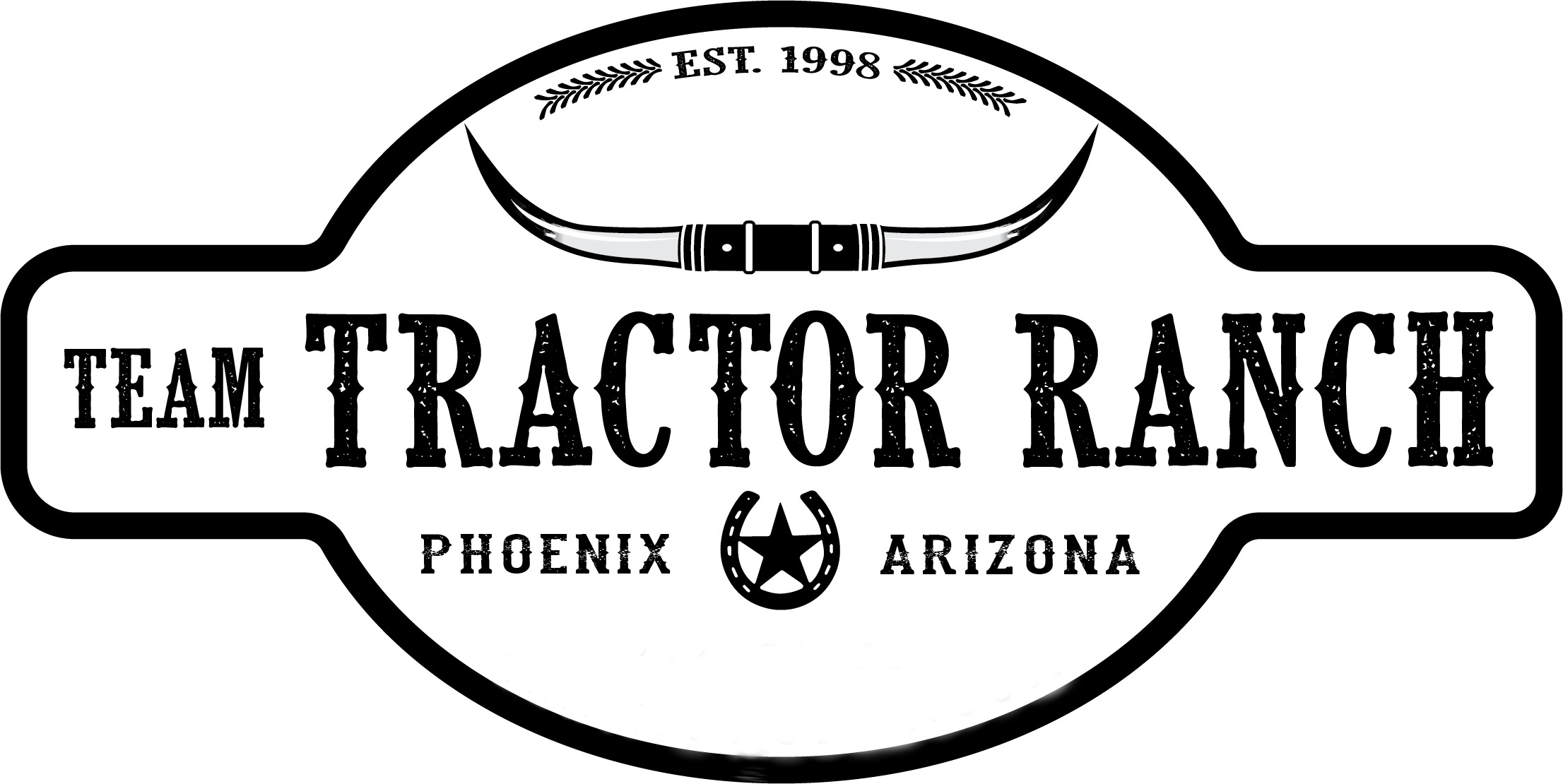Don't text and Drive - Taking Your Tractor on Road!
Aug. 21 2019
Tractor Safety
We all know, that tractors were not design to drive on a road, especially on freeways or public roads. But many tractor owners or operators, time to time, must/need to drive on a road shared with others. And mostly, all those others, are much faster, than tractor, vehicles. Well, a bicycle can be an exception. So, how to stay alive and safe, not harming anyone while you on a driveway full of traffic?
First and most important. Remember. A tractor is not a racing car. Even though its red machine you operate.
Second. Consider disengaging 4-wheel-drive. On the pavement, driving your tractor in 2-wheel-drive eases the stresses placed on the transmission and other drivetrain components. One of the reasons for this is that tractor 4-wheel-drive systems are designed to provide maximum pulling power on soil and other surfaces with less traction than pavement provides. A tractor’s front and rear wheels don't necessarily turn at exactly the same speed. This is not an issue and is actually a benefit to tractor performance on soil, grass or other surfaces with some slip and “give”. But for extended operation on dry pavement, this good 4-wheel-drive tractor feature may increase tire wear and drive train stress. So, operating in 2-wheel-drive mode may be the preferred setting during road transport. Be careful though, as 2-wheel-drive reduces the braking performance on most tractors. The front wheels will not have any braking capability with 4-wheel drive disengaged. If you are towing a load on the road with the tractor, you need to pay extra attention to braking performance when choosing to operate in 2-wheel drive or 4-wheel drive.
The third. Remember. A tractor still is NOT a car. It’s not even a truck. In all on-road operating circumstances, remember that tractors perform differently than trucks and cars designed for on-road operation. With a tractor, slow down a lot before turning during road transport. Tractors tend to have a higher center of gravity than cars and trucks. Turning and abrupt maneuvers at too high a speed are more likely to cause an overturn or loss of control with a tractor compared to vehicles designed to operate on highways.

Fourth. Don't floor it, maintain control. When driving a tractor on the road, help maintain control by a careful and cautious selection of your travel speed. You can also help maintain the stability of your tractor if you avoid operating the differential lock when on paved roads and paths. Take care to turn the steering wheel slowly, smoothly and gradually. Avoid sudden direction changes to keep you in control.
Fifth. Lock the 3-point hitch. When carrying 3-point-mounted implements during road transport, ensure the 3-point hitch is locked into the up position. Do not operate the 3-point hitch control lever while transporting implements.
Six. Drawbar towing. When using the drawbar hitch to tow a trailer, wagon or other attachment down the road; use safety chains. Use a drawbar hitch pin designed for that use and use a lynchpin clip or lock that prevents the hitch pin from falling out of the drawbar.
Seven. Connect split brake pedals. If your tractor is equipped with a separate brake pedal for each rear wheel brake, be sure both pedals are locked together when transporting the tractor on the road.
Eight. Be car-cautious. Use your SMV. There is a significant difference between nations and among states, provinces, and cities regarding the traffic rules that apply to operate tractors and other farm equipment on public roads and highways. If road transport is a factor in your tractor use, become familiar with your local, state, province and national rules to help avoid a traffic ticket or other issues with on-road tractor operation. Another point to remember is to display your slow-moving vehicle (SMV) sign on the rear of the tractor. If a towed or mounted implement blocks the SMV on the tractor, make sure there is an SMV on the implement.
The last one. But probably the most important. Read these rules BEFORE and not while you already on a road. And you know, don’t text and drive...
